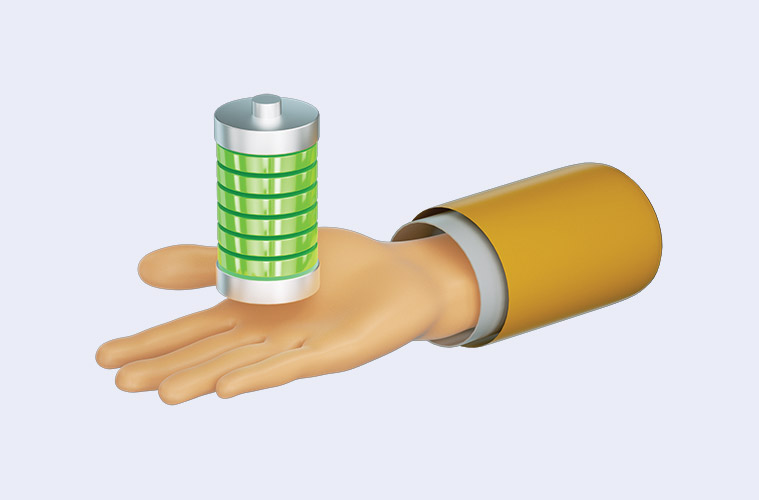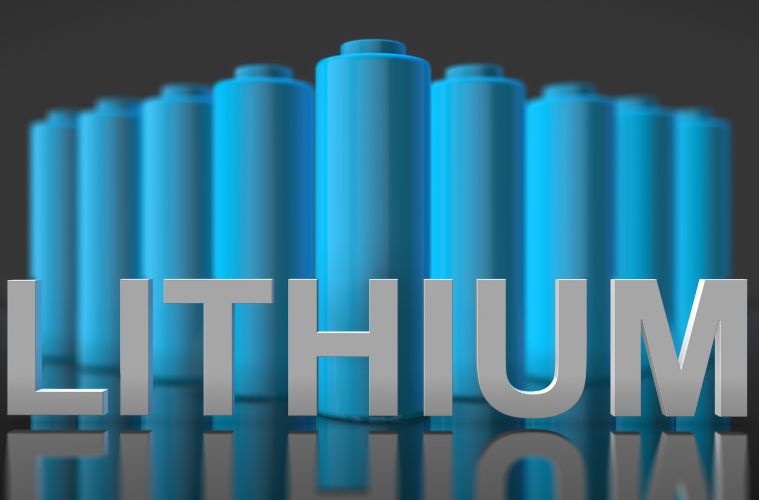
A battery is a power source for those electrically powered devices which are not convenient for users to keep them plugged into a main supply throughout their usage period. Electric power is stored in the battery based on chemical reactions. Almost every portable device like cellphone, laptop, light weight home appliances, toys etc. are powered by batteries. Batteries can be classified into two major categories based on their reusable ability.
- Non-rechargeable batteries also called Primary batteries.
- Rechargeable batteries also called Secondary Batteries
Non-rechargeable batteries
What are non-rechargeable batteries?
These batteries are for single time use and cannot be recharged after the stored power is drained.
The working principle
These batteries work on the principle of Galvanic cell#. This conversion is irreversible.
Application
These batteries are commonly used in those devices which have a low-power drain like alarm clock, remote, wrist watch, children’s toys etc.
Types
Alkaline battery, Zinc Carbon battery, Zinc Chloride battery, Lithium Manganese oxide battery, etc.
Cost
The cost of non-rechargeable batteries is less than the rechargeable ones.
Rechargeable batteries
The working principle
These batteries work on the principle of both Galvanic cell while discharging and Electrolytic cell## while recharging.
Application
These batteries are commonly used in those devices which have a high-power drain like vacuum cleaners, laptops, cell phones, etc.
Types
Lithium-Ion/Polymer battery, Nickel Metal Hydride battery, Lead Acid battery, Nickel Cadmium battery, etc.
Cost
The initial cost of rechargeable batteries is higher than the non-rechargeable ones. But in the long run the rechargeable batteries are much more cost effective than the non-rechargeable ones.
Conclusion.
Both the categories of batteries have unique features and their own advantages and disadvantages based on application. Rechargeable batteries are more environment friendly due to is significantly lower rate of discharging than the non-rechargeable batteries. The specific energy of non-rechargeable batteries is high in a range above 200 WH/Kg** than the rechargeable batteries which are in a range below than 170 WH/Kg.
Notes-
Cycles* – A charge cycle is the process of charging a rechargeable battery and discharging it as required into a load.
WH/KG** – Watt-hour per kilogram
Galvanic cell# – A galvanic cell is an electrochemical cell that converts the chemical energy of spontaneous redox reactions into electrical energy.
Electrolytic cell## – An electrolytic cell is an electrochemical cell that utilizes an external source of electrical energy to force a chemical reaction




